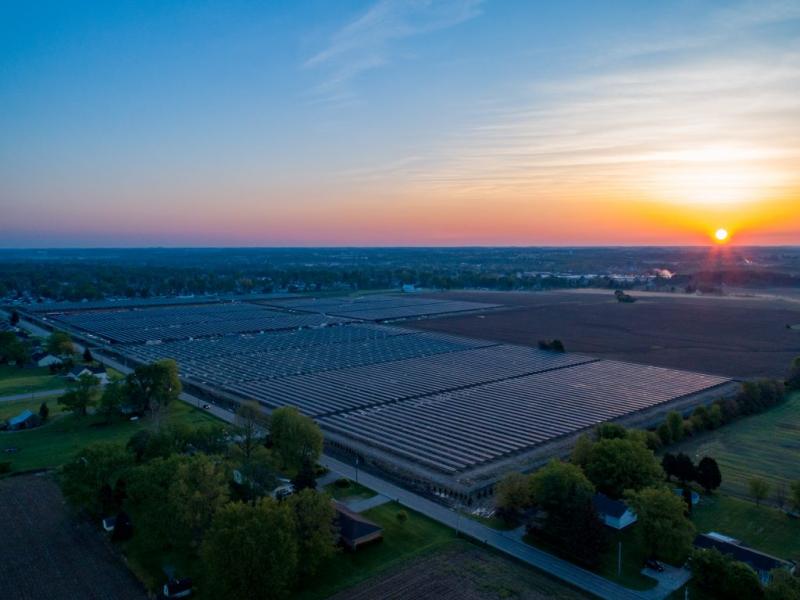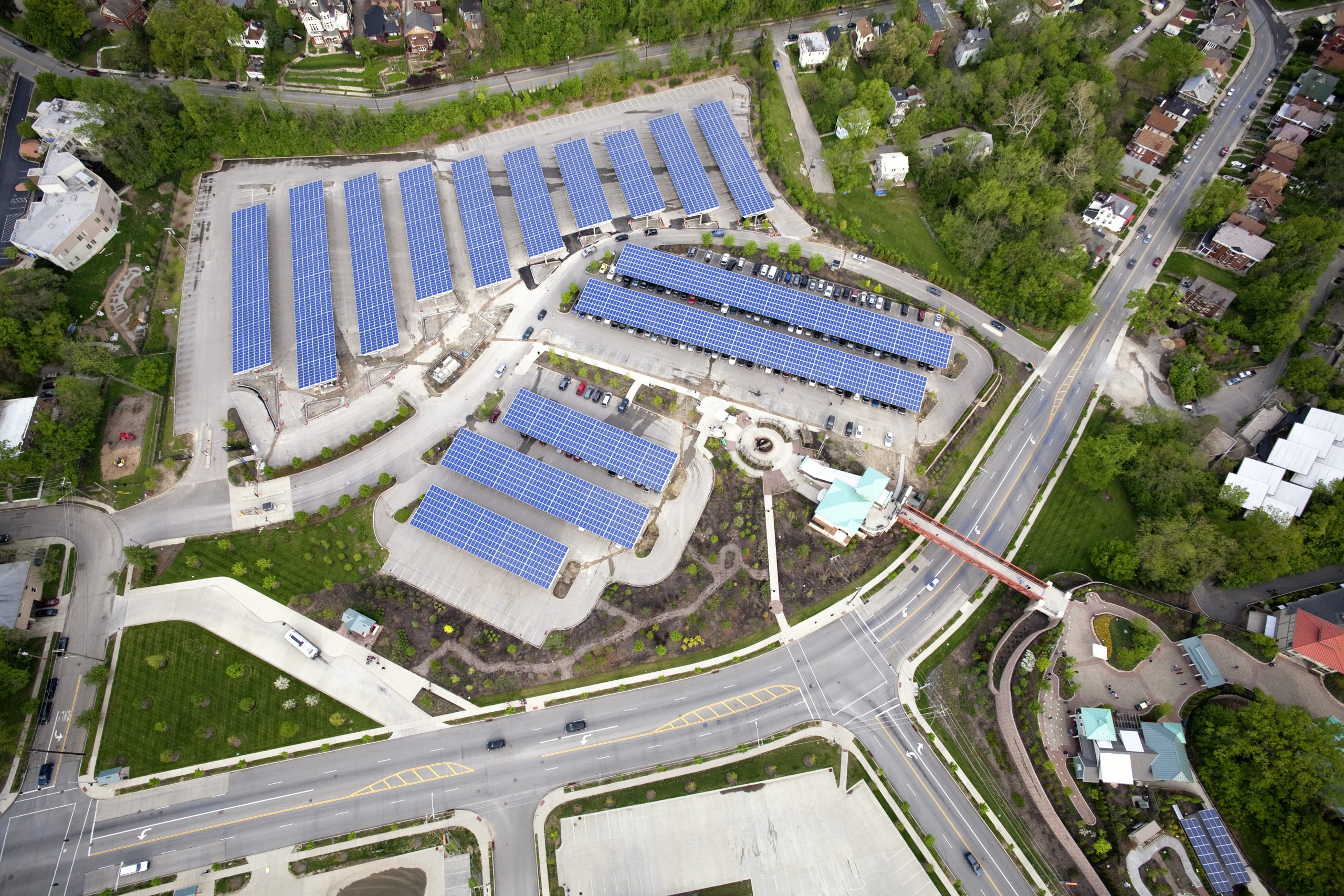Quickly catch up on the latest solar news in the solar industry…
Solar Module Price Fluctuations
Solar suppliers may be noticing recent pricing swings. Several events have led to price fluctuations in the solar supply market:
- In mid-July, a series of flash explosions at a GCL Silicon polysilicon plant reportedly took down more than 10% of the global supply of polysilicon. Polysilicon is the base material for making mono- and poly-crystalline modules. This shortage was almost immediately followed by a 60% increase in the price of polysilicon.
- In another blow to the polysilicon supply, severe flooding in southeastern China forced the closure of Tongwei’s polysilicon factory in Sichuan.
- Sourcing raw materials, specifically glass, has become a much longer process since the COVID-19 outbreak began. Glass shortages are resulting in higher prices and longer procurement windows for manufacturers.
These events are leading fluctuating pricing within the supply chain. Wood Mackenzie Power & Renewables estimates that bifacial module pricing will stabilize by 2021.
26% Federal Tax Solar Credit – Act Now!
If you are considering adding a solar energy system to your commercial facility, do not let the market’s price fluctuations dissuade you from moving forward. There is a generous 26% U.S. federal Investment Tax Credit available for 2020 projects. In 2021, this credit steps down to 22%, eventually dropping to just 10% in 2022.
To be eligible for the 26% credit, construction must commence (i.e. physical work start) by Dec. 31, 2020, and the project must be completed by Dec. 31, 2023. There are options available to purchase now but not fully build the project until a later time. As a solar EPC firm, Melink Solar can help you navigate this process and determine what is in your company’s best interest — contact us today.
Solar Plant Growth
According to a survey of U.S. solar industry professionals, large solar plants have a longer operational life expectancy and are cheaper to run, citing the following:
- Reductions in up-front expenses
- Changes in capacity factors, financing costs, and tax rates
- Improvements in project life
- Operating expenditures
The assumed life of projects now averages 32.5 years, up from 21.5 years in 2007. This expanded lifeline comes with many benefits for solar plant owners. Read more on this topic.
Solar in the 2020 Election
In other solar news, the climate crisis is expected to be an important issue in the 2020 U.S. presidential election. Most supportive renewable policy in the U.S. is coming at the state level, and many are advocating the need for support at the federal level. President Donald Trump has generally held an unfavorable view of supporting renewables. Presidential candidate Joe Biden supports a national plan to convert the U.S. to 100% clean energy by 2035. Read more about the candidates’ solar policy.

